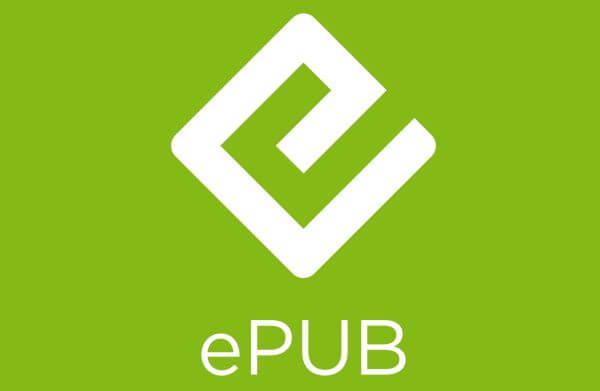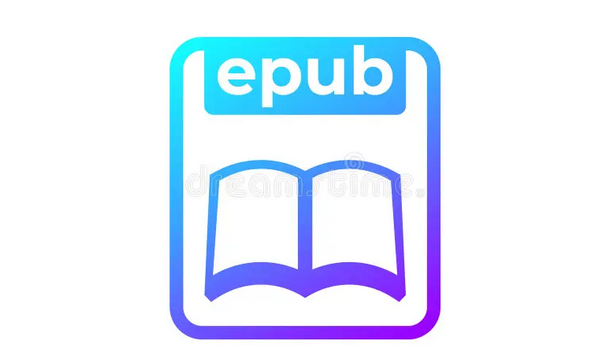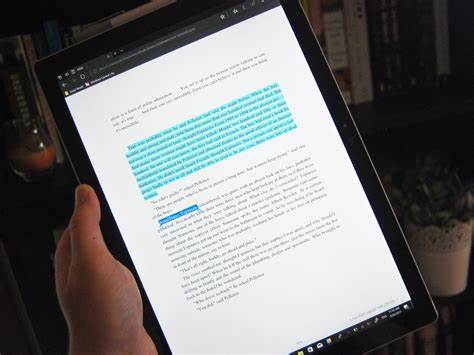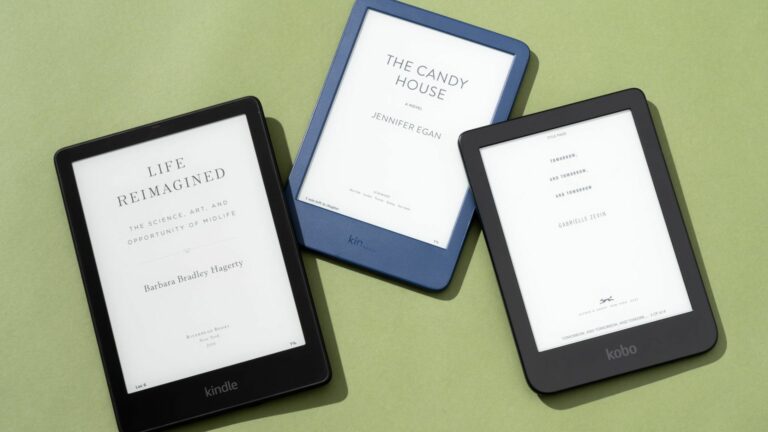Libraries Use Epubs to Bridge the Digital Divide
To begin with, libraries are increasingly using epubs to bridge the digital divide. Epubs are digital books that can be read on a variety of devices, including eReaders, tablets, and smartphones. They offer several advantages over traditional paper books, such as portability, searchability, and affordability. Ebooks are embraced generally by all readers and levels. Digital resources have the potential to democratize access to information and knowledge and to empower people to learn, create, and connect in new ways. In this post, we will take a deep look at how libraries use epubs to bridge the digital divide.

A World of Books at Your Fingertips
Libraries can use epubs to provide their users with access to a wider range of books and other resources that would be impossible with traditional paper books. For example, libraries can use epubs to provide their users with access to books that are out of print, books that are published in foreign languages, and books that are not available in their local library.
Information for All Abilities
Furthermore, libraries can also use epubs to make reading more accessible to people with disabilities. Epubs have several features that can make them easier for people with disabilities to read, such as:
- Adjustable font size and colour, Epubs allow users to adjust the font size and colour to make the text easier to read which is more helpful to people with vision problems.
- Text-to-speech, Epubs can be read aloud to users with text-to-speech software. This can be helpful for people who are blind or have low vision, as well as people who have difficulty reading.
- Braille, Epubs can be converted to Braille for people who read Braille. This can help libraries make their collections more accessible to people who are blind or have low vision.
- Other accessibility features: Epubs also have several other accessibility features, such as the ability to highlight text, add bookmarks, and search for words and phrases. These features can make reading easier for people with a variety of disabilities.
Providing Access
In addition, libraries can use epubs to provide their users with access to digital collections of books and other resources. For example, a library might create a digital collection of local history books or a digital collection of books for children. Libraries can also use epubs to create digital versions of their unique collections, such as rare books or manuscripts. Digital resources can provide students with access to high-quality educational materials, regardless of their location or socioeconomic status. For example, students in rural areas can now access the same online courses and textbooks as students in urban areas. In addition, libraries offer one-on-one technology assistance to patrons who need help using digital resources. This assistance can be provided in person or over the phone.
Variety of programs
In addition to lending epubs, libraries are also offering other programs and services to help bridge the digital divide. For example, some libraries offer computer classes and training programs to help people learn how to use computers and the Internet. Other libraries offer free Wi-Fi access to their patrons. Libraries provide public computers that patrons can use for free. This allows people who do not have their computers to access the internet and other digital resources.
Here are some specific examples of how libraries are using epubs to bridge the digital divide:
- The New York Public Library offers a wide range of epubs for its users to borrow through its SimplyE app.
- The Library of Congress has created several digital collections of epubs, such as its American Memory collection and its Chronicling America collection.
- The Internet Archive offers a free library of epubs, including many books that are out of print.
- Many public libraries offer epub lending programs to their patrons, allowing them to borrow epubs for a set period.
- Some academic libraries also offer epub learning programs to their students and faculty.
Final thought
In conclusion, digital resources have the potential to make the world a better place by making things more accessible and enabling people to connect, learn, and collaborate in new ways. However, it is important to be aware of the challenges that digital resources pose and to take steps to address them.






